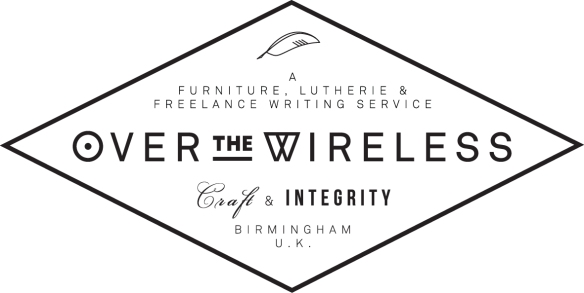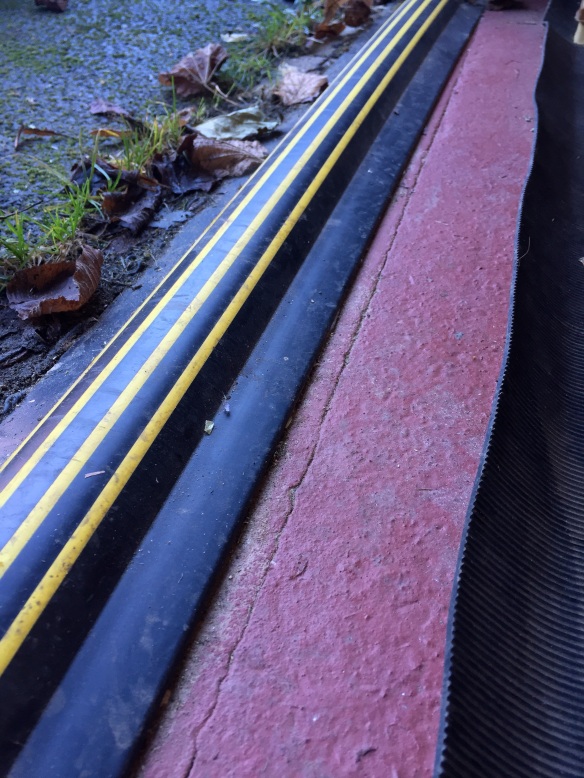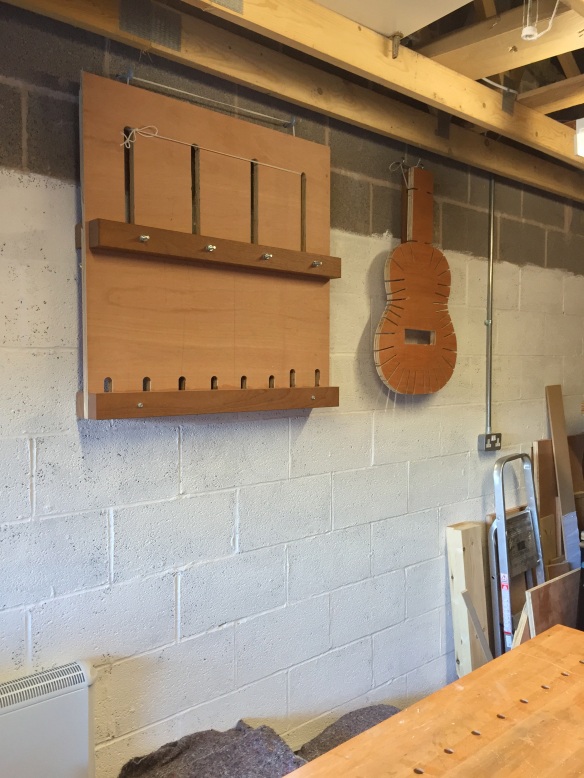I’ve not had any opportunity to make progress on the parlour guitar yet this month, thanks to some minor surgery which meant that pushing a plane was off the cards for a couple of weeks, and a front loaded year in terms of article deadlines (3 articles all due within 4 weeks of each other). Which is fine because it means the writing is going well (and I am looking forward to writing more about those articles in due course).
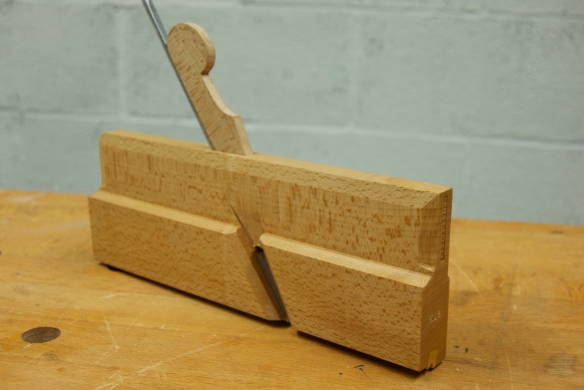
In the meantime, I’ve been meaning to write a review of the 3/8″ beading plane Philly made me last year. I’d borrowed a similar beading plane by Philly off Alex Primmer of Classic Hand Tools whilst on the Anarchist’s Tool Chest course, to bead the floor boards on my tool chest, and found the process simple and thoroughly addicted. I only have myself to blame, after all, as there are plenty of blogs out there which warned of the dangers of beading planes. Set the plane’s fence against the edge of the work, plane the beading detail, and stop when the depth-stop bottoms out. Simple. And effective – the subtle shadow line introduced by the bead adds a touch of class to the floor of my tool chest. I was hooked.
Of course, beading doesn’t just add a decorative element, it also protects exposed edges that would be otherwise prone to knocks chips and dents. The bead absorbs the damage of daily use, and prevents any splits from travelling deeper into the piece. So pretty and useful? Isn’t that the perfect combination?
Not long after the Anarchist’s Tool Chest course finished, I dropped Philly a line to commission a 3/8″ beading plane of my own. After a couple of months wait what arrived was a beautiful example of a traditional handmade wooden plane. The beech body has crisp chamfers, a nicely fitted wedge, gorgeous finish, and perfectly fitted boxwood insert (which establishing the bead profile). The O1 steel blade is sharp out of the box, and cuts oak just as smooth and effortlessly as it does pine. As an advert for traditional tools made in a traditional way, Philly just can’t be beat (and he’s a thoroughly nice chap to boot!).
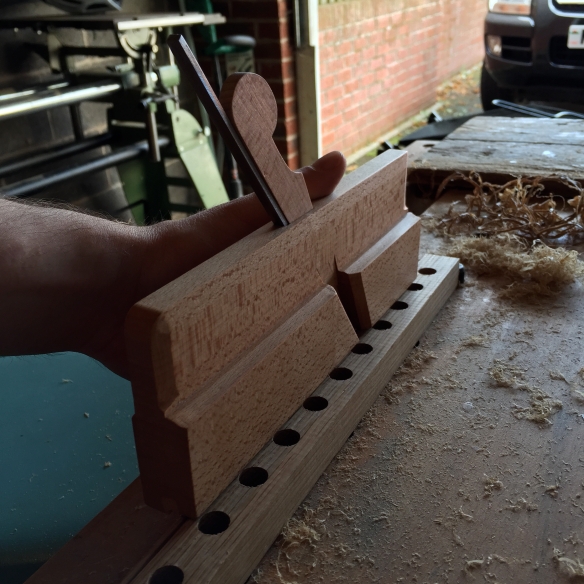
The beading plane isn’t a tool I reach for every day; there is limited opportunity to bead guitars. But in terms of furniture building it is invaluable for the ability to pretty-up an otherwise plain component with subtle shadow lines and visual interest, and also to protect those delicate edges. I only wish I had had this plane before I started work on the dust seal and runners for my Anarchist’s Tool Chest, as these would be perfect candidates for some beading. I did reach for the beading plane when installing the front tool rack in my chest last August, and this is a prime example of where beading can really lift an otherwise uninteresting element. Truth be told, it’s a wonder Dr Moss and the Appentice haven’t yet been beaded (though they are far from uninteresting), but I shall have to wait until they are fast asleep before I attempt this…
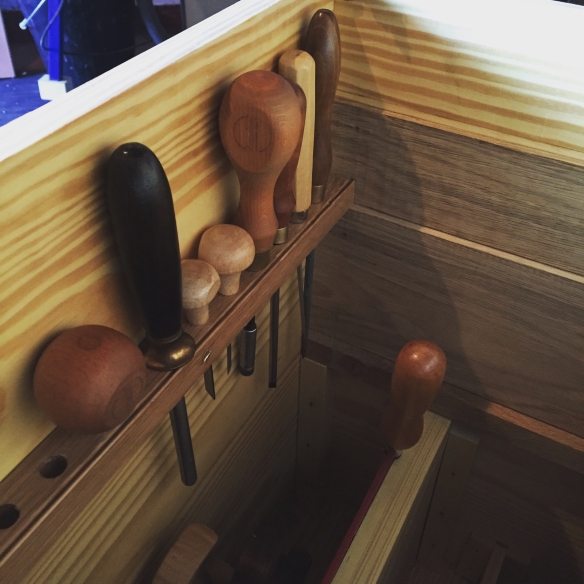
So are beading planes really the gateway drug? I obviously couldn’t comment, but having found myself in dire need of a re-up (yeah, I watched The Wire) Philly is now making me a pair of No.6 hollow and round planes. So I suppose I have sucumbed to moulding plane addiction. And it feels so good.




